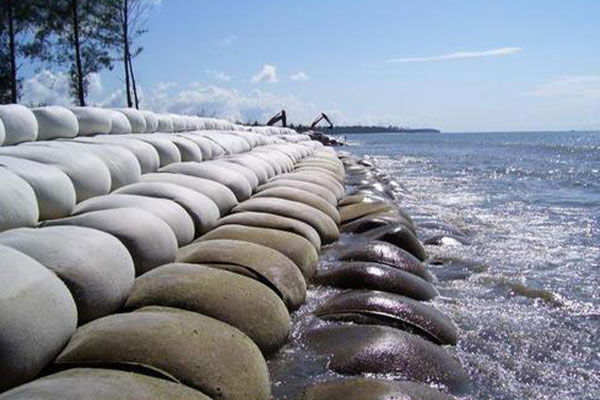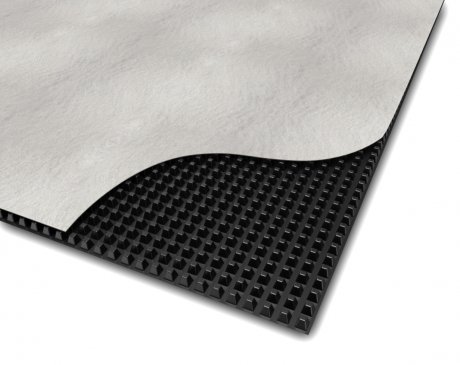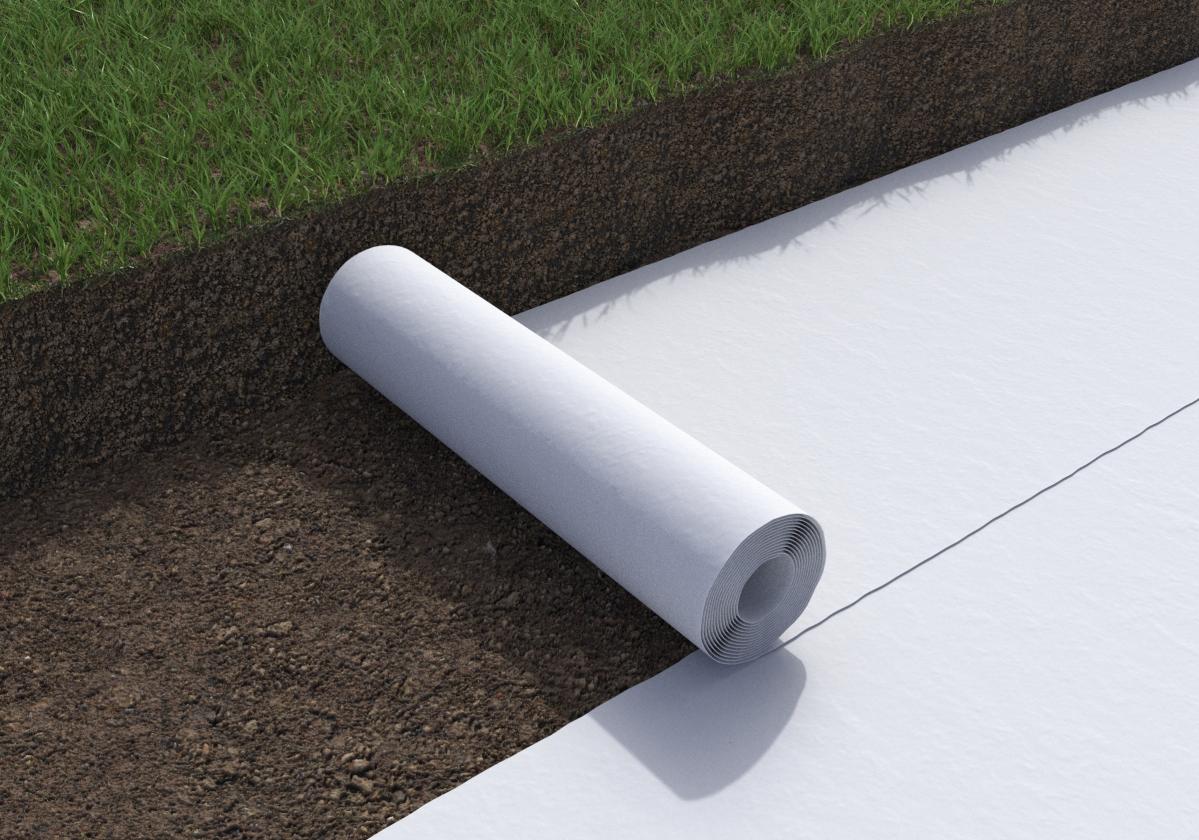- walltagadmin
- November 21, 2023
- Blog
Geobags: The Ultimate Guide to Erosion Control and Slope Stabilization
Slope stabilisation and erosion management are key components of environmental protection and infrastructure development. Geobags are an efficient solution to these challenges. These adaptable and environmentally friendly bags serve an important role in landscape preservation and erosion control. Let’s take a look at all you need to know about geobags, from their different forms and applications to the materials they are made of and their environmental impact.
What are Geobags?
Geotextile bags, or geobags, are engineered containers consisting of various geosynthetic materials. These bags are intended to be filled with soil, sand, or other granular materials and strategically put in places susceptible to erosion or landslides. Geobags prevent soil erosion, manage sediment movement, and stabilise slopes, making them a useful tool in a variety of industries ranging from construction and landscaping to environmental restoration.
Types of Geobags and Their Specific Applications
Polypropylene geobags:
Polypropylene geobags are widely utilised in coastal protection, riverbank stabilisation, and erosion prevention. They are known for their durability and resilience to UV radiation and chemicals, making them ideal for use in severe outdoor conditions.
High-strength polyester geobags:
High-strength polyester geobags are popular because of their durability and resilience to environmental elements. They are frequently used in slope protection, retaining wall construction, and road embankment stabilisation.
Polyethylene geobags:
Polyethylene geobags are versatile and lightweight. They are often used to make eco-friendly retaining structures in landscaping, gardening, and green roofing.
Biodegradable geobags:
Biodegradable geobags are environmentally friendly alternatives that degrade over time. They’re perfect for environmentally sensitive initiatives like wetland restoration and erosion control in delicate ecosystems.
Sand- filled geobags:
Sand-filled geo bags are built to handle enormous loads and are widely used as flood barriers, erosion control, and temporary dam construction.
Tube geobags:
Tube geobags are cylindrical in shape and can be utilised for a variety of purposes such as coastline protection, pipeline stability, and underwater projects.
Factors to Consider When Selecting a Geobag
Material:
Geobags are constructed from a range of materials, including polypropylene, polyester, and nylon. The material of the bag will influence its strength, durability, and cost.
Weight:
As geobags can be heavy, it is critical to select a bag that is sturdy enough to sustain the weight of the material it will contain.
Price:
Geobags can range in price and it is determined by its size, material, and features.
Benefits of Geobags
Erosion control: Geobags are extremely effective soil erosion barriers. They work by trapping sediments and preventing them from being blown away by water or wind. Geobags assist in preserving the integrity of landscapes, shorelines, and embankments by limiting the migration of soil particles. This vital function protects natural habitats by ensuring that valuable topsoil is protected and erosion is minimised.
Slope stabilisation: Geobags are crucial in improving the stability of slopes and embankments. They considerably reduce the likelihood of landslides and erosion-induced damage by distributing weight and providing resistance to gravitational forces. This not only protects property and infrastructure but also improves environmental safety, especially in hilly or mountainous areas prone to slope instability.
Flexibility: One of the most notable benefits of Geobags is their extraordinary flexibility. These bags are easily moulded and positioned to meet the precise requirements of a project. Geobags may adapt to the geometry of the location, whether it’s a curved shoreline, varied terrain, or special landscaping requirements. Because of their malleability, they may be precisely customised to meet a wide range of landscapes and construction circumstances.
Cost-effectiveness: Geobags are a cost-effective alternative to standard construction methods such as concrete retaining walls. The savings are due to more cost effective material prices, simplified installation procedures, and decreased labour costs. As a result geobags are a popular choice for a wide range of projects
Rapid installation: Geobags are valued for their simple and quick installation. This speed can be a game changer in time-sensitive building and repair projects. Geobag installation efficiency results in significant savings in both time and labour expenses. Furthermore, early deployment can assist in minimising erosion or stabilising slopes, reducing the danger of damage during bad weather or catastrophes.
Elevate Your Projects to Success With Wall Tag Geobags
Geobags have proven to be efficient erosion control and slope stabilisation techniques in a variety of sectors. Because of their adaptability, environmental benefits, and low cost, they are a popular choice for many projects. Whether you’re a contractor, landscaper, or environmental enthusiast, investing in geobags can make a huge difference in preserving the natural landscape and protecting essential infrastructure.
Wall Tag provides an extensive selection of high-quality geobags to satisfy the needs of our customers. Our dedication to sustainability and innovation ensures that you get the best solutions for your slope stabilisation and erosion control projects. Explore our geobags to have a positive influence on your next project while also conserving the environment.




